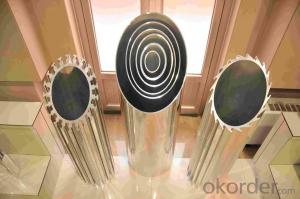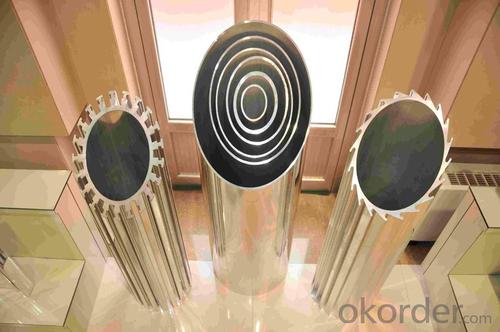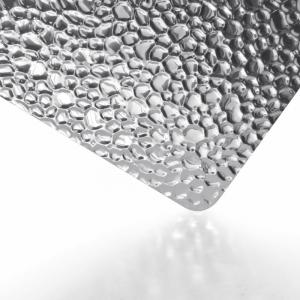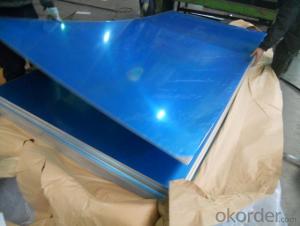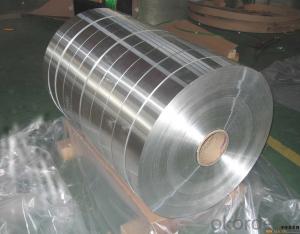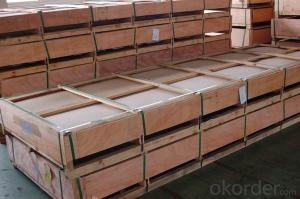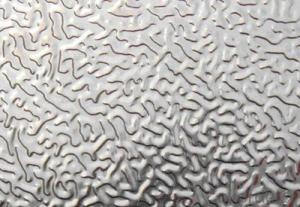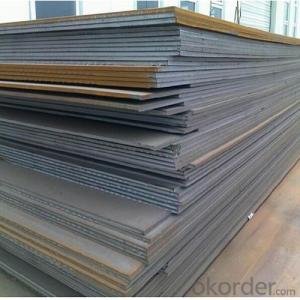Aluminum Window Screen Sheets 18 X 6 for Car Anticollision Beam Energy Absorption Part
- Loading Port:
- Shanghai
- Payment Terms:
- TT OR LC
- Min Order Qty:
- 5 m.t.
- Supply Capability:
- 1000 m.t./month
OKorder Service Pledge
OKorder Financial Service
You Might Also Like
Specification
1. Structure of Aluminum Profiles for Car Anticollision Beam Energy Absorption Part Description
Aluminum Profiles for Car Anticollision Beam Energy Absorption Part is one semi-finished aluminium material. It is suitable for belt pulley with all cross sections in mechanical engineering and resistant to corrosion and antioxidant. Its weight is much lower than steel. So many customers choosed aluminium material instead of steel.
2. Specification of Aluminum Profiles for Car Anticollision Beam Energy Absorption Part
Aluminum Profiles for Car Anticollision Beam Energy Absorption Part | |
Main Specification | |
Alloy | AA1xxx (AA1050, AA1060, AA1070, AA1100 etc.) |
AA3xxx (AA3003, AA3004, AA3005, AA3105 etc.) | |
AA5xxx, AA6XXX (AA5052,AA5083, AA5754, AA6061, AA6062 etc.) | |
AA8xxx(AA8011, AA8006 etc.) | |
Temper | H14,H16, H18, H22, H24, H26, H32,O/F, T4, T6, T651 |
Thickmess | 0.01mm-100mm |
Width | 30mm-1700mm |
Standard | GB/T 3880-2006/ASTM |
Special specification is available on customer's requirement | |
3. Application of Aluminum Profiles for Car Anticollision Beam Energy Absorption Part
(1).Interior: wall cladding, ceilings, bathrooms, kitchens and balconies, shutters, doors...
(2).Exterior: wall cladding, facades, roofing, canopies, tunnels,column covers , renovations...
(3).Advertisement: display platforms, signboards, fascia, shop fronts...
4. Feature of Aluminum Profiles for Car Anticollision Beam Energy Absorption Part
Surfact Quality :
Be free from Oil Stain, Dent, Inclusion, Scratches, Stain, Oxide Dicoloration, Breaks, Corrosion, Roll Marks, Dirt Streaks and other defect which will interfere with use,
Mechenical Property:
Chemical Composite and Mechanical Property
5. Certificate of Aluminum Profiles for Car Anticollision Beam Energy Absorption Part
SGS and ROHS(if client request, paid by client), MTC(plant provided), Certificate of Origin(FORM A, FORM E, CO), Bureau Veritas and SGS (if client request, paid by client), CIQS certificate
6. Image of Aluminum Profiles for Car Anticollision Beam Energy Absorption Part
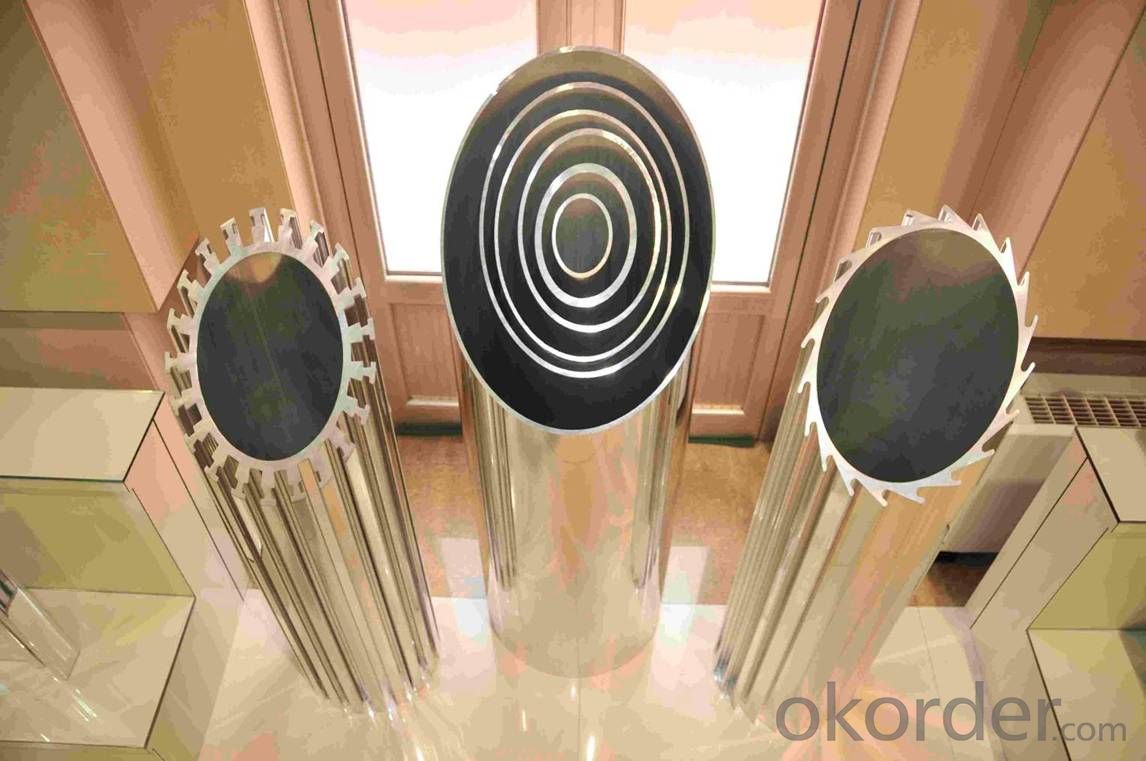
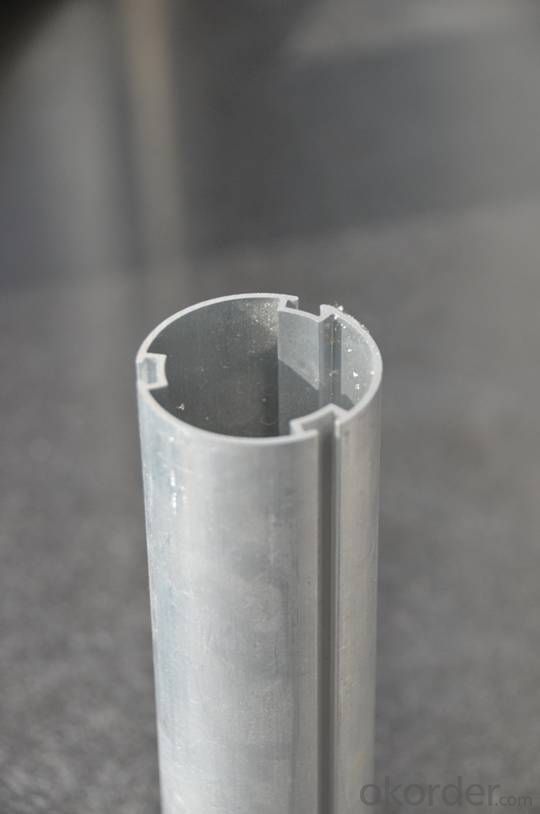
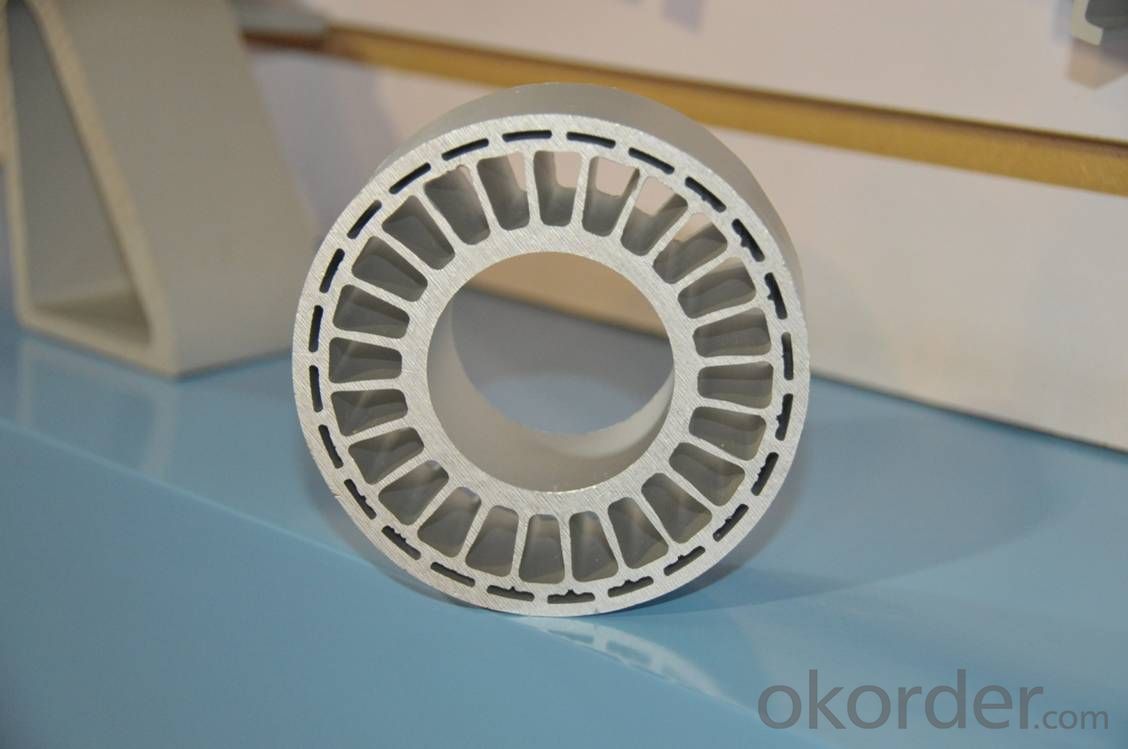
7. Package and shipping of Aluminum Profiles for Car Anticollision Beam Energy Absorption Part
First, plastic cloth with drying agent inside; Second, Pearl Wool ; Third, wooden cases with dry agent , fumigation wooden pallets, aluminum surface could cover blue PVC film
8. FAQ
1) What is the delivery time?
Depends on actual order, around 20 to 35 days
2) What is the QC system:
We have QC staff of 20 persons and advanced equipment, each production is with MTC traced from Aluminum ingot lot.
3) What market do you mainly sell to?
Australia, America, Asia, Middle East, Western Europe, Africa etc
- Q: Are aluminum sheets suitable for outdoor use?
- Yes, aluminum sheets are suitable for outdoor use. Aluminum is a highly durable and corrosion-resistant material, making it ideal for outdoor applications. It is lightweight, yet strong enough to withstand harsh weather conditions, such as rain, snow, and UV radiation. Additionally, aluminum sheets can be coated or painted to further enhance their resistance to corrosion and provide added protection against the elements. This makes them a popular choice for outdoor structures, signage, roofing, and other exterior applications where durability and longevity are essential.
- Q: What are the different methods of joining aluminum sheets without welding?
- There are several methods of joining aluminum sheets without welding. 1. Adhesive bonding: This method involves using an adhesive to bond two aluminum sheets together. The adhesive creates a strong and durable bond, and it can be applied in various ways such as tapes, liquid adhesives, or films. Adhesive bonding is a popular choice as it provides a clean and aesthetically pleasing finish. 2. Mechanical fastening: This method involves using mechanical fasteners such as screws, rivets, or bolts to join aluminum sheets together. These fasteners provide a strong and reliable connection and are commonly used in industries where disassembly or repair is required. Mechanical fastening is also relatively easy to implement and does not require any additional equipment. 3. Clinching: Clinching is a cold-forming process that involves joining aluminum sheets by using a punch and die to create a strong interlock between them. This method is suitable for thin aluminum sheets and offers good mechanical strength. Clinching is a cost-effective alternative to welding, as it does not require any additional materials or heat. 4. Friction stir welding: Although not technically welding, friction stir welding is a solid-state joining process that uses a rotating tool to generate frictional heat between the aluminum sheets. As the tool moves along the joint, it creates a plasticized region that is then consolidated to form a strong bond. Friction stir welding is mainly used for joining thicker aluminum sheets and offers excellent mechanical properties. 5. Folded joints: This method involves folding the edges of two aluminum sheets together to create a joint. The folded joint can be secured by using adhesives, mechanical fasteners, or a combination of both. Folded joints provide good strength and stiffness, and they are commonly used in applications where a seamless appearance is desired. These methods offer various advantages and can be chosen based on the specific requirements of the project, including the desired strength, appearance, and ease of implementation.
- Q: Can aluminum sheets be an alternative to ceramics in certain applications?
- Certainly! In certain applications, aluminum sheets can serve as a viable alternative to ceramics. Aluminum sheets possess numerous advantages over ceramics, including their lightweight nature, affordability, and ease of shaping and fabrication. Moreover, they exhibit exceptional thermal and electrical conductivity, making them suitable for applications requiring heat dissipation or electrical conduction. Additionally, aluminum sheets possess the ability to endure high temperatures and display commendable resistance to corrosion. However, ceramics retain their distinctive properties and strengths, such as heightened hardness, improved chemical resistance, and superior insulation capabilities, which may render them more suitable for specific applications. Consequently, the appropriateness of employing aluminum sheets as a substitute for ceramics would rely on the precise requirements and circumstances of the given application.
- Q: What are the common uses of aluminum sheets?
- Aluminum sheets are highly versatile and widely used in various industries due to their excellent properties. Some common uses of aluminum sheets include: 1. Construction: Aluminum sheets are commonly used in the construction industry for roofing, siding, and insulation purposes. They are lightweight, durable, and corrosion-resistant, making them ideal for creating a protective barrier against the elements. 2. Transportation: Aluminum sheets are extensively used in the automotive and aerospace industries. They are used in the manufacturing of car bodies, truck trailers, and aircraft parts due to their high strength-to-weight ratio. The lightweight nature of aluminum sheets helps improve fuel efficiency and reduce overall vehicle weight. 3. Packaging: Aluminum sheets are commonly used for packaging purposes. They are widely used in the food and beverage industry for making cans, foils, and containers. Aluminum sheets provide an effective barrier against moisture, light, and oxygen, ensuring the freshness and safety of the packaged products. 4. Electrical and Electronics: Aluminum sheets find applications in the electrical and electronics industry due to their excellent conductivity. They are used for manufacturing electrical enclosures, heat sinks, and wiring due to their ability to dissipate heat efficiently and protect sensitive electronic components. 5. Marine Industry: Aluminum sheets are highly valued in the marine industry due to their corrosion-resistant properties. They are used for constructing boat hulls, ship fittings, and other marine equipment. Aluminum sheets' ability to withstand harsh marine environments and their lightweight nature make them an attractive choice. 6. Decorative Applications: Aluminum sheets are commonly used in architectural applications for their aesthetic appeal. They can be easily shaped, formed, and colored to create various decorative elements such as wall cladding, ceilings, and decorative panels. Overall, the common uses of aluminum sheets span numerous industries, including construction, transportation, packaging, electrical and electronics, marine, and decorative applications, highlighting the versatility and importance of this material in various sectors.
- Q: What is the composition of 101 aluminum sheets?
- The composition of 101 aluminum sheets typically refers to the alloy used in their manufacturing. Aluminum alloy 101 is a commercially pure aluminum with a minimum of 99.0% aluminum content. It does not contain any significant amounts of other elements, making it the most basic and pure form of aluminum available. This high purity level makes it highly resistant to corrosion and provides excellent electrical conductivity. 101 aluminum sheets are often used in applications where a high degree of electrical conductivity or corrosion resistance is required, such as in electrical wiring, heat exchangers, and chemical processing equipment.
- Q: What is the specific heat capacity of aluminum sheets?
- The specific heat capacity of aluminum sheets is approximately 0.897 J/g·°C.
- Q: I may use the copper or brass for an inlay on a decorative piece of aluminum I'm working on.....
- aluminum okorder / so what you are finding is that aluminum will melt before the copper or brass...
- Q: Can aluminum sheet be used for roofing?
- Yes, aluminum sheet can be used for roofing. Aluminum is a popular choice for roofing due to its numerous advantages. Firstly, aluminum is lightweight, making it easier to install and reducing the load on the structure of the building. Secondly, aluminum is highly durable and resistant to corrosion, which means it can withstand harsh weather conditions, such as heavy rain, snow, and UV radiation. Additionally, aluminum is non-combustible, making it a safe choice for roofing. Furthermore, aluminum is an environmentally friendly material as it is 100% recyclable, reducing its impact on the environment. Overall, aluminum sheet is a reliable and efficient option for roofing applications.
- Q: How strong is aluminum per square inch, and at the same time how light is the aluminum per square inch?
- we have large aluminium sliding doors and in the summer time they twist and will not open why is this.
- Q: Can aluminum sheets be used for reflectors?
- Indeed, reflectors can utilize aluminum sheets. Renowned for its remarkable reflectivity properties, aluminum emerges as an optimal substance for a multitude of reflector applications. Its exceptional reflectivity empowers it to deftly redirect and bounce light, rendering it fitting for deployment in diverse devices such as illumination apparatus, solar panels, telescopes, and other instruments that necessitate precise and effective light reflection. Moreover, aluminum's lightweight nature, durability, and resistance to corrosion render it a pragmatic selection for reflectors that must endure formidable environmental circumstances.
Send your message to us
Aluminum Window Screen Sheets 18 X 6 for Car Anticollision Beam Energy Absorption Part
- Loading Port:
- Shanghai
- Payment Terms:
- TT OR LC
- Min Order Qty:
- 5 m.t.
- Supply Capability:
- 1000 m.t./month
OKorder Service Pledge
OKorder Financial Service
Similar products
Hot products
Hot Searches
Related keywords
